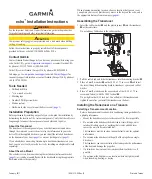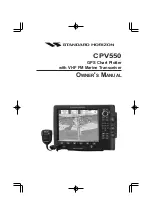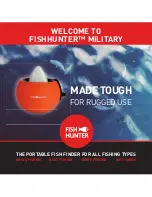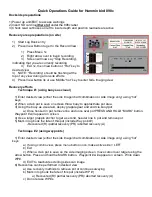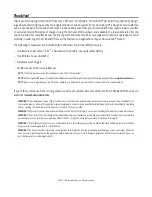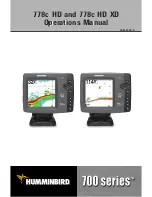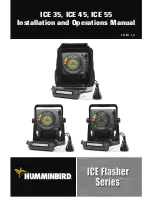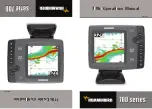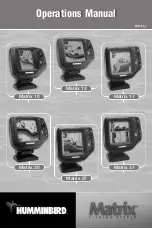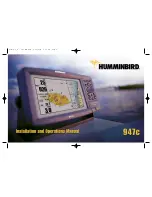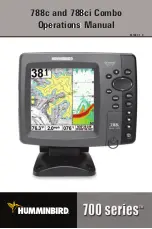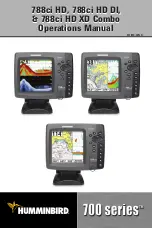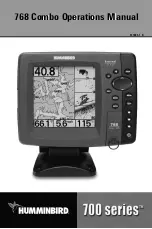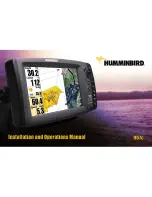
echo Installation Instructions
5
connecting the cables to an echo 200/500c/550c
On an echo 200/500c/550c device, the connectors on the cables are keyed to
fit only in the correct ports on the cradle. The connected cables are then held
in place by a locking bracket.
No cables connect directly to an echo 200/500c/550c device.
1 Compare the divot
➊
on the cable connector
to the keying on the cradle ports to identify the
correct port.
2. Push the cable connector into the correct port
until it rests firmly in the port.
3. Repeat steps 1 and 2 until all of the
cables are connected to the cradle
➋
.
4. Place the locking bracket
➌
over the
cables and slide it down to lock them
in place on the cradle.
You will hear an audible click when
the locking bracket is correctly
installed.
Placing an echo 200/500c/550c in the cradle
After you have connected the cables to the cradle, you can quickly place the
echo device in the cradle without plugging in
any cables.
1. Place the base of the echo
➊
in the
bottom of the cradle
➋
.
2. Tilt the echo toward the cradle until it
fastens in place.
You will hear an audible click when the
device is secured in the cradle.
removing an echo 200/500c/550c From
the cradle
After you have connected the cables to the cradle, you can quickly remove
the echo from the cradle without unplugging any
cables.
1. Press the release lever
➊
on the cradle until
the echo device
➋
is released.
2. Tilt the echo device forward and lift it out of
the cradle.
testing the Installation
Notice
Do not leave your boat in the water for an extended period of time without
checking for leaks.
Because water is necessary to carry the sonar signal, the transducer must be
in the water to work properly. You cannot get a depth or distance reading
when out of the water. When you place your boat in the water, check for
leaks around any screw holes that were added below the water line.
testing the transom Mount transducer Installation
Notice
When adjusting the depth of the transducer, make the adjustments in
small increments. Placing the transducer too deep can adversely affect the
performance of the boat and put the transducer at risk of striking underwater
objects.
Test the transom mount transducer installation in open water free of
obstacles. Pay attention to your surroundings as you test the transducer.
1. With the boat in the water, turn on the echo device.
2. Drive the boat at a slow speed. If the echo device appears to be working
properly, gradually increase speed while observing the echo device.
If the sonar signal is suddenly lost or the bottom return is severely
degraded, note the speed at which this occurs.
3. Return the boat to the speed at which the signal was lost, and make
moderate turns in both directions while observing the echo device.
4. If the signal strength improves while turning, adjust the transducer so that
it extends another
1
/
8
in. (3 mm) below the transom of the boat.
5. Repeat steps 2–4 until the degradation is eliminated.
6. If the signal does not improve, move the transducer to a different location
on the transom.
➊
➌
➋
➋
➊
➋
➊

